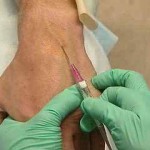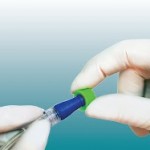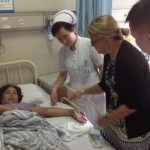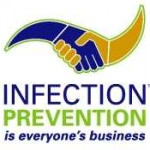Kits for Central Lines are key to reducing infection rates
The partnering of a hospital and Centurion Medical Products shows great results for Rush-Copley Medical Center. Here is a short article that was published last fall in the Journal of Association for Vascular Access by Donna Matocha, MSN, RN, CNRN,

















